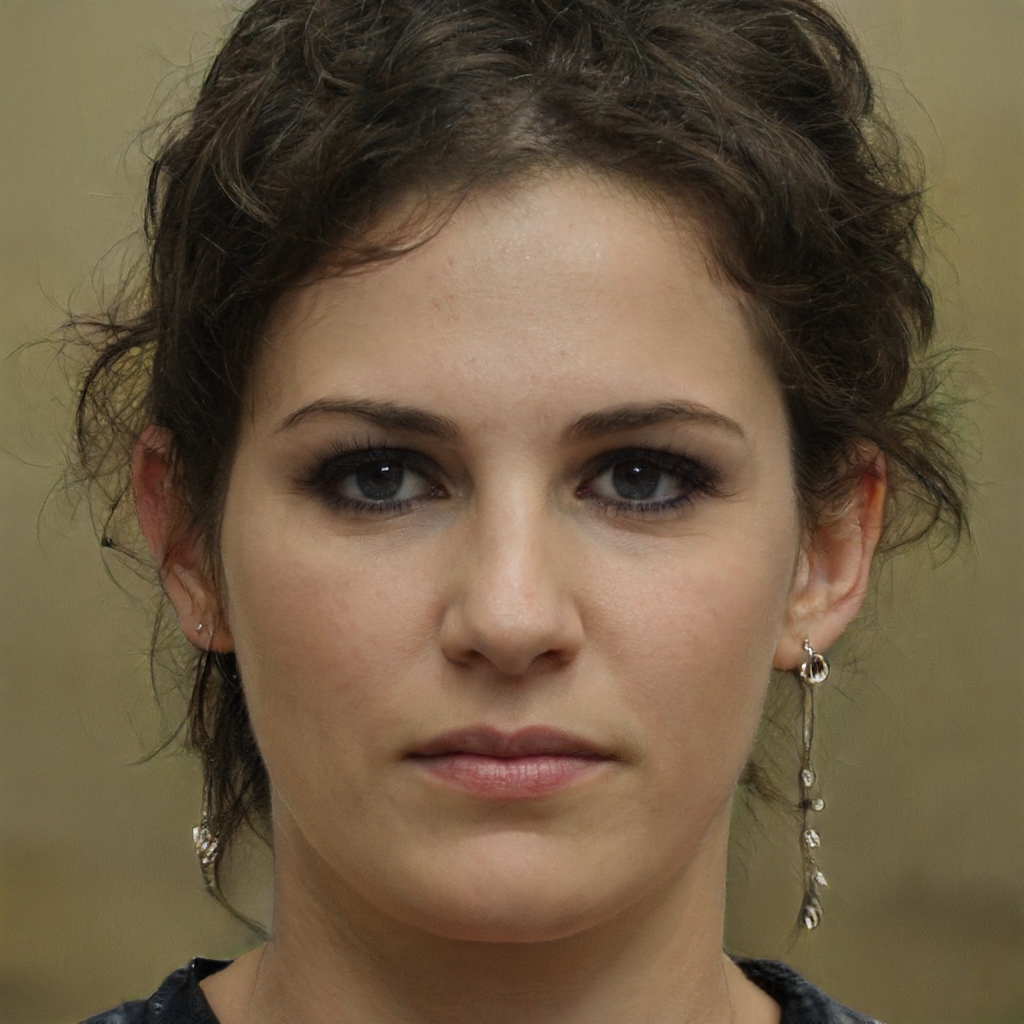How to Format a USB to FAT32
This article provides a comprehensive guide on how to format a USB drive to the FAT32 file system, including explanations of common problems, causes, and solutions, as well as recommendations for software tools.
Introduction
Formatting a USB drive to the FAT32 file system is necessary for ensuring compatibility with various devices and operating systems. This guide will walk you through the process of formatting your USB drive to FAT32, explaining common issues that may arise, and providing effective solutions and recommendations.
Problem: Inability to Format USB to FAT32
If you're encountering difficulties while attempting to format your USB drive to the FAT32 file system, several factors could be at play:
1. File System Limitations
Certain versions of Windows have limitations on formatting external drives to FAT32. For example, Windows 10 limits formatting to exFAT or NTFS by default. This can be problematic if you need to format your USB drive to FAT32 for compatibility purposes.
2. Drive Size Limitations
The FAT32 file system has a maximum file size limit of 4GB and a partition size limit of 2TB. If your USB drive exceeds these limits, you won't be able to format it to FAT32 using the native Windows tools.
3. Corrupted File System
In some cases, a corrupted file system can prevent you from successfully formatting your USB drive to FAT32. This can occur due to sudden power outages, improper ejection, or malware infections.
Solution: Formatting USB to FAT32
To format your USB drive to FAT32, follow these steps:
- Connect your USB drive to your computer.
- Open the Disk Management tool by right-clicking on the Start Menu and selecting 'Disk Management'.
- In the Disk Management window, locate your USB drive and right-click on it.
- Select 'Format' from the context menu.
- Choose 'FAT32' as the file system.
- Enable 'Perform a quick format' if you don't want to wait for a full format.
- Click on 'OK' to begin the formatting process.
By following these steps, you should be able to format your USB drive to the FAT32 file system successfully.
Recommended Software: MyRecover
MyRecover is a powerful software tool that simplifies the process of formatting USB drives to various file systems, including FAT32. Its key features include:
- User-friendly interface for easy navigation and operation.
- Ability to resize, merge, and split partitions.
- Support for dynamic disks and GPT/UEFI boot systems.
- Compatibility with all Windows operating systems.
To use MyRecover for formatting your USB drive to FAT32, follow these steps:
- Download and install MyRecover from the official website.
- Launch the software and select your USB drive from the list of available devices.
- Click on the 'Format' option and choose 'FAT32' as the file system.
- Adjust any desired partition settings, such as partition size and label.
- Click on 'Apply' to save and execute the formatting process.
FAQ
Q: Can I format my USB drive to FAT32 using the Command Prompt?
A: Yes, you can format your USB drive to FAT32 using the Command Prompt by executing the 'format' command with the '/FS:FAT32' parameter.
Q: What happens if I format my USB drive to FAT32 and it exceeds the maximum file size limit?
A: If you attempt to copy a file larger than 4GB to a FAT32-formatted USB drive, you will receive an error message indicating that the file is too large for the destination file system.
Q: Can I convert a FAT32-formatted USB drive to NTFS without losing data?
A: Yes, you can convert a FAT32-formatted USB drive to NTFS without losing data using the 'convert' command in Command Prompt or third-party software tools like MyRecover.
Q: Is it possible to format a USB drive to FAT32 on a Mac?
A: Yes, it is possible to format a USB drive to FAT32 on a Mac using the Disk Utility tool. Simply select your USB drive, choose the 'MS-DOS (FAT)' format, and click on the 'Erase' button.
Q: Can I recover data from a USB drive after formatting it to FAT32?
A: Formatting a USB drive to FAT32 will erase all existing data. However, you can use data recovery software like MyRecover to attempt to restore lost files.
Q: Are there any alternatives to MyRecover for formatting USB drives to FAT32?
A: Yes, alternatives to MyRecover include AOMEI Partition Assistant, MiniTool Partition Wizard, and GParted.
Glossary
1. File System: A method used to organize and store data on storage devices.
2. Partition: A logical section of a storage device that functions as a separate unit.
3. Dynamic Disk: A type of hard disk layout that supports advanced features such as software-based RAID and volume-spanning.
Tips
- Regularly back up important data on your USB drive to prevent data loss.
- Ensure your USB drive is not write-protected before attempting to format it.
- Always safely eject your USB drive after use to avoid file system corruption.
Conclusion
Formatting a USB drive to the FAT32 file system is crucial for achieving maximum compatibility across different devices and operating systems. By following the provided solutions and recommendations, you can easily format your USB drive to FAT32 and enjoy hassle-free data transfers.


